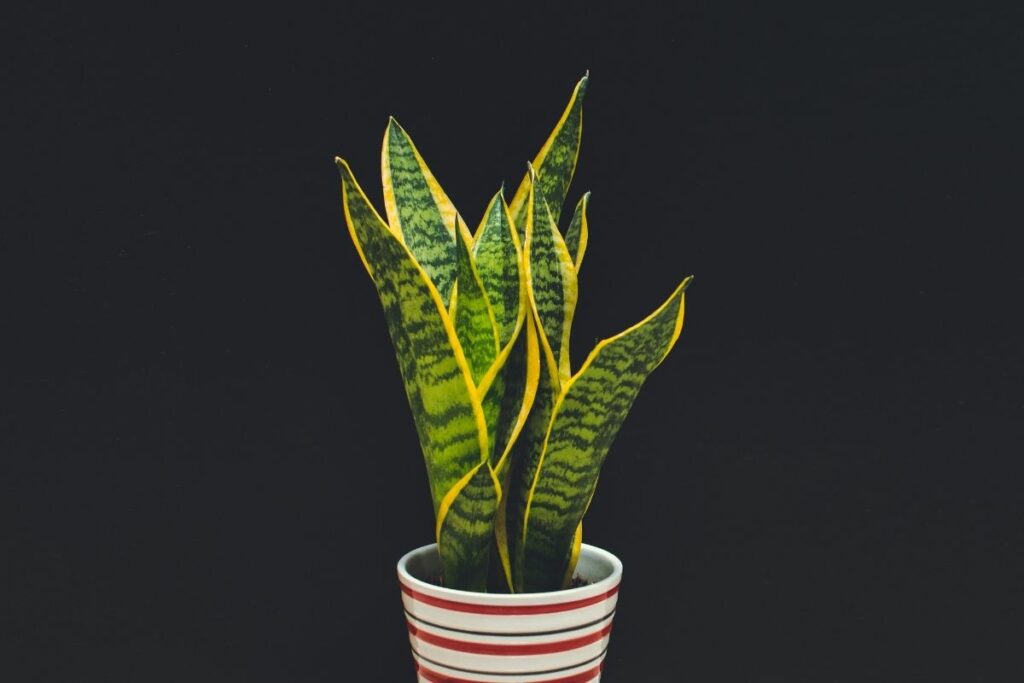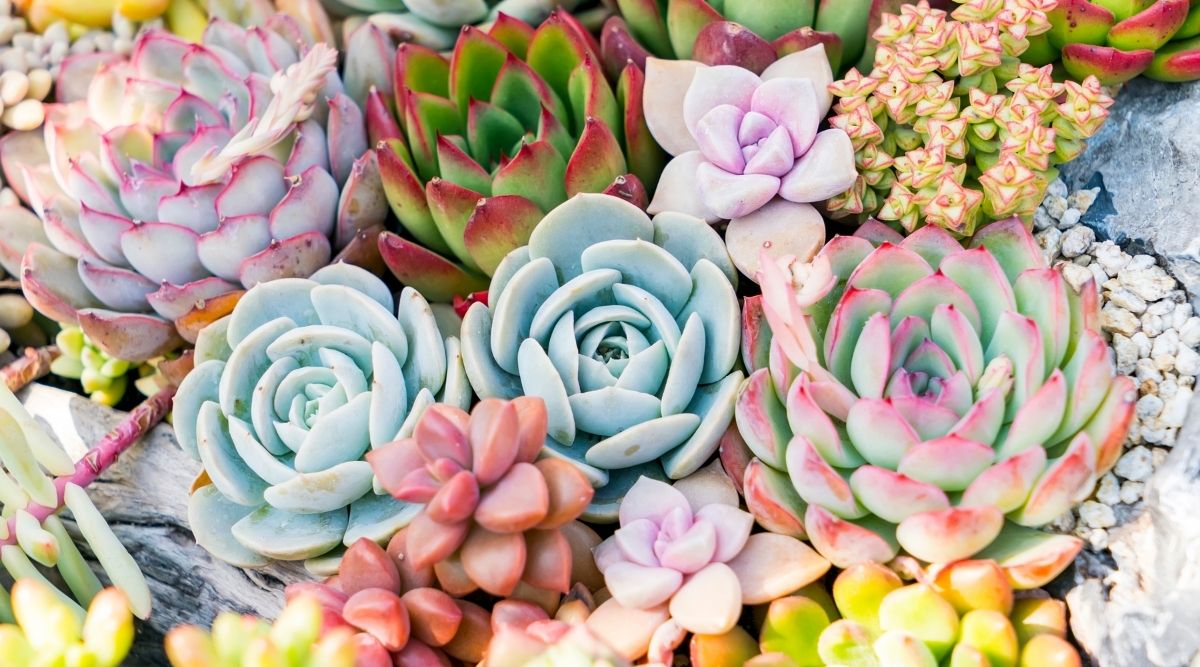If you love your houseplants, then it is most likely that you have come across a snake plant before. Otherwise known as the sansevieria plant. These plants originate from South Asia, Western Africa, and Madagascar.

As a result, snake plants like humidity, but how much sunlight does a snake plant need? We will find out the answer to this question and everything you need to know about the snake plant in this article.
About The Snake Plant
As we mentioned above, the snake plant originates from very humid places in the world, but they can adapt really well to wherever they are. As they are great adapters, you can see them being grown outdoors in all regions of Southern America.
However, snake plants are invasive plants, as they spread by sending on runners under the ground. Therefore, if you do plant snake plants, you should only plant them in either a pot or in contained areas.
The only things that really affect this plant are very cold temperatures, i.e., freezing and having too much water. This is because overwatering your plants causes the soil to retain too much water.
Thus, this then can lead to root rot. Whilst, freezing temperatures can influence the foliage of this plant.
There are around 70 varieties of this kind of plant. Due to having so many varieties, they all look slightly different in color and shape. The most common snake plants that you may come across consist of:
- Birds Nest – This is one of the smaller varieties that you may come across. It has funnel-shaped leaves that are quite light in color. Overall, it is a very compact and stocky plant.
- Black Coral – Black Coral is one of the tallest and darkest varieties of snake plants. Its dark green leaves look almost black in certain lights.
- Black Gold – This is a very slow-growing plant, which means it will last you for years in your home. Where it gets its name is from the yellow edges that you will find on every leaf. This is a bold plant choice but looks beautiful.
- Fernwood – Fernwood is a hybrid variety. It can grow quite wildly but produces sweet and sap-filled flowers. It should be noted that the leaves on this plant shouldn’t be consumed.
Lighting Needs Of Snake Plants
A misunderstood conception of the snake plant is that it is a low-light type of plant. While snake plants can grow with little light, they just take longer to grow. Really, they do want light, as they enjoy indirect and bright light.
You will know if your snake plant isn’t receiving enough sunlight, as the leaves on the plant will droop and look very sad. If you do notice this, what you don’t want to do is immediately move your snake plant from the dark to a very bright area in your home.
Instead, just slowly move it towards the light source of your choosing, whilst keeping the humidity levels high. The last thing you want to do is shock the plant, by moving it into a new environment too quickly.
Snake plants can grow really well when positioned near windows that receive a lot of light. However, the amount of sunlight a snake plant needs is a fine balance. While it likes the sun, you don’t want to sunburn your snake plant either.
If your plant is sunburned, then you will notice the leaves are beginning to thin and turn brown or black color. The tips of the plant may become crisp and the leaves themselves will look quite weak and flimsy.
As a result, a snake plant only needs around 5 hours of indirect sunlight a day. In these 5 hours, they are able to produce enough energy to help them grow. These are very adaptable plants, so they will grow with little light, it’ll just take a lot longer.
Where To Put Your Indoor Snake Plant

Now that you understand how much sun your snake plant requires, you may wonder where is the best place to put it in your home.
Considering they are very easy plants to look after, they can be placed in any room in your house. It is very common for them to be placed in bathrooms or offices.
However, snake plants have been known to purify the air, therefore if you spend a lot of time in a particular room, think about putting your plant there. The best way to know where to put your snake plant is to place it in a room and see how it is growing.
If the plant is growing too slowly where you have put it, then you know you need to move it. If it’s getting sunburned, then you know that it is receiving too much light and needs to be moved.
Once again, it is all about finding the right balance, so that it does receive enough sunlight, but not too much that is actually damaging this hardy plant.
If you live in a very warm climate, then you could instead of having your snake plant as a houseplant, plant it outside. However, as long as your snake plant is receiving some form of light, even artificial light, then it will not die.
Sun Or Artificial Light?
Sunlight is better for snake plants, as it is the most natural light that they can use. However, if your plant is in a dark room, then you could turn on some artificial lights for a couple of hours.
This can depend on the kinds of lights that you have, and it may not be completely helpful. However, if you have no natural light, then trying artificial lights for a couple of hours can’t hurt.
If you are limited on how much natural light you have, then you could always purchase a grow light for your snake plant. This isn’t always necessary, but it will also ensure that your snake plant is getting the right amount of light.
However, overall, we would suggest natural sunlight over any artificial light every time. As the sun is better and more effective.
Takeaway
Snake plants are resourceful plants that can survive whatever is thrown at them. They enjoy humid areas, but suffer if they are overwatered. When it comes to sunlight, there is a balance that needs to be found with snake plants.
As a rule of thumb, they only need 5 hours of indirect sun a day, which will help them produce energy to help them grow. It is clear when snake plants aren’t receiving enough sunlight, as their leaves drop, while if they receive too much, they get sunburned.
Snake plants can grow in dim areas, but they take a lot longer to grow. Thus, you want to put your snake plant somewhere where they will receive sunlight, but not too much. You may have to move your plant around to find the perfect place.
- Best Hanging Plant For Low Light - September 4, 2023
- Best Indoor Plants Florida - August 28, 2023
- Best Plants For Bathroom Smells - August 21, 2023








